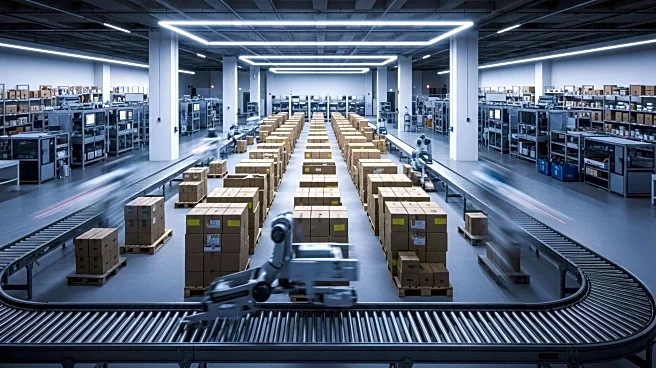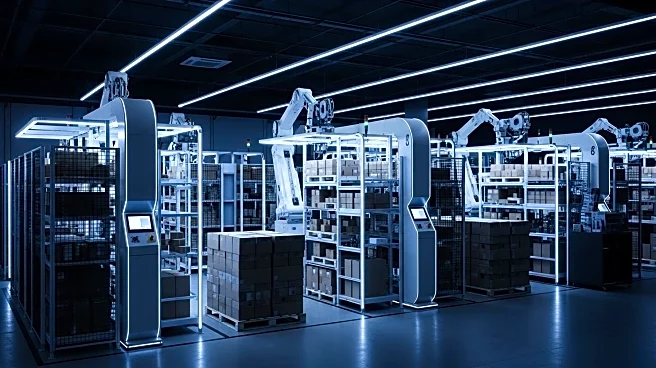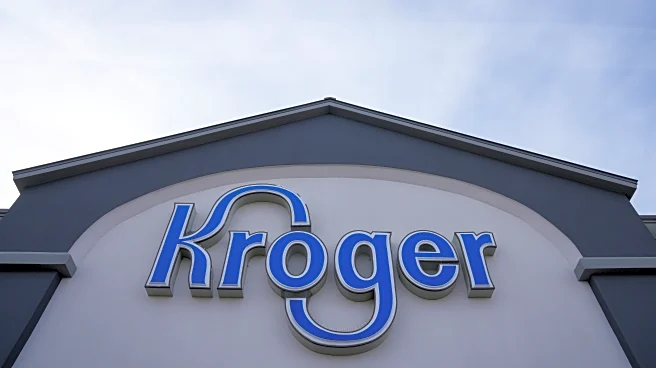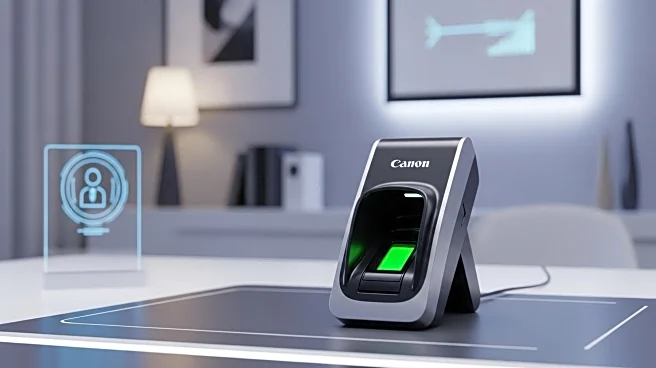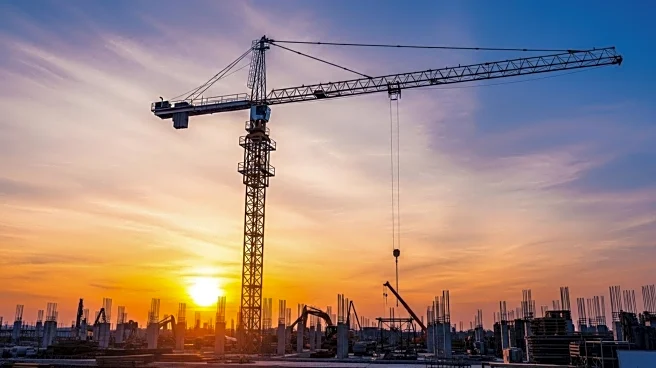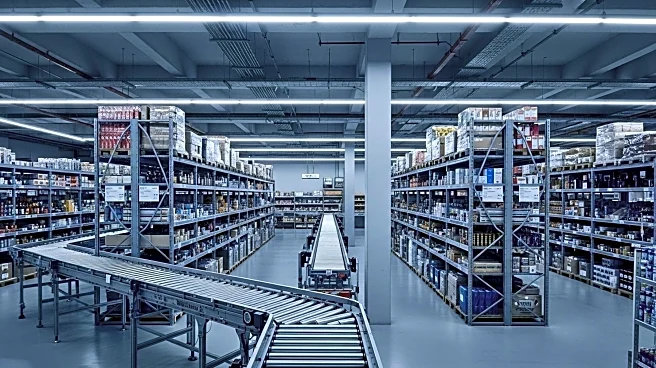What is the story about?
What's Happening?
Retailers are increasingly adopting the dark store model to improve the efficiency of online order fulfillment. A dark store is a physical retail location dedicated to processing online orders through local delivery and pickup options, without offering in-store shopping. This model allows businesses to either build new dark stores in strategic locations or convert existing retail stores into non-customer-facing fulfillment hubs. The concept, which began with UK-based retailer Tesco in 2009, has been embraced by major companies like Whole Foods Market and Walmart. The global dark store market is projected to exceed $129 billion by 2030. Dark stores operate by receiving orders online, picking items, packing them, and then delivering or offering pickup options. They use methods such as curbside pickup, in-store pickup, and home delivery to distribute goods efficiently.
Why It's Important?
The shift towards dark stores reflects the growing importance of e-commerce and the need for efficient order fulfillment in the retail industry. This model offers several advantages, including increased customer convenience, expanded product selection, and extended operating hours. By converting existing stores into dark stores, retailers can use space previously dedicated to customer walkways for additional inventory, thus offering a wider range of products. The ability to provide instant local delivery or scheduled deliveries enhances customer satisfaction and can increase sales in specific areas. However, the model also presents challenges, such as high upfront investment costs and complex operations. Despite these drawbacks, the dark store model is particularly beneficial for large companies with significant inventory and a major customer base.
What's Next?
As the dark store model continues to gain traction, retailers may explore further innovations in order fulfillment processes. Companies might consider integrating advanced technologies to streamline operations and reduce costs. Additionally, the expansion of dark stores could lead to increased competition among retailers, prompting them to enhance their delivery and pickup services. Businesses may also look into developing networks of smaller, automated micro fulfillment centers to extend their delivery reach. The ongoing evolution of the dark store model will likely influence retail strategies and consumer expectations in the coming years.
Beyond the Headlines
The rise of dark stores may have broader implications for urban planning and commercial real estate. As more retailers convert traditional stores into fulfillment centers, there could be a shift in the use of retail spaces, impacting local economies and employment patterns. The model also raises questions about the future of in-person shopping experiences and the role of physical stores in the digital age. Additionally, the focus on efficient order fulfillment may drive advancements in logistics and supply chain management, influencing industry standards and practices.
AI Generated Content
Do you find this article useful?
